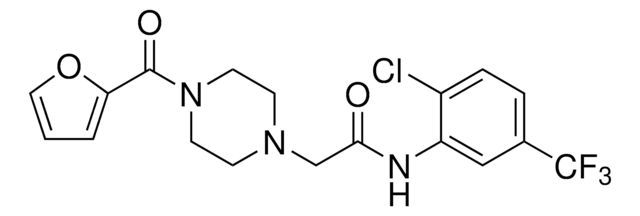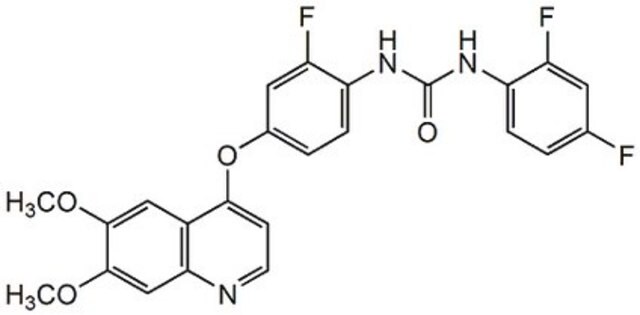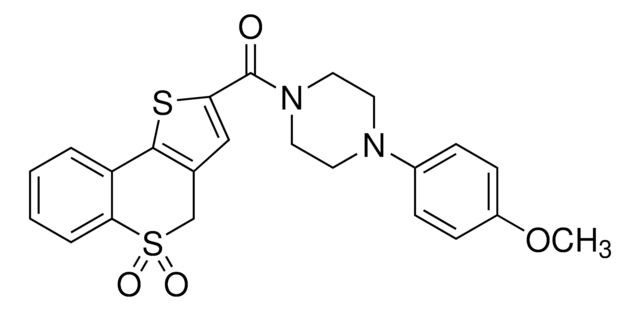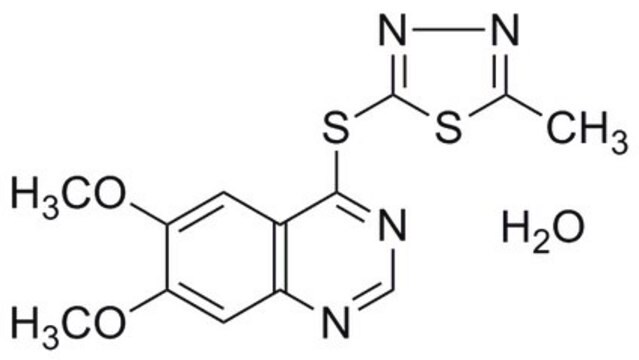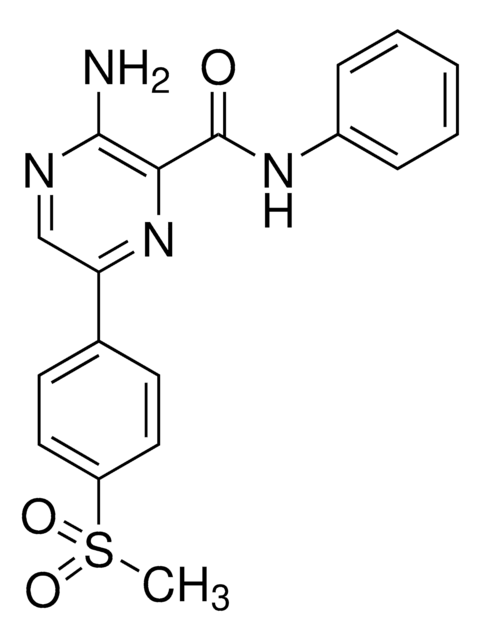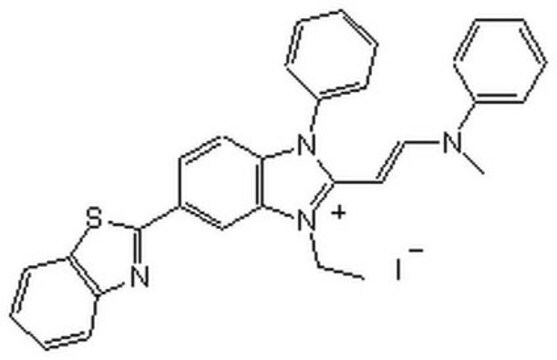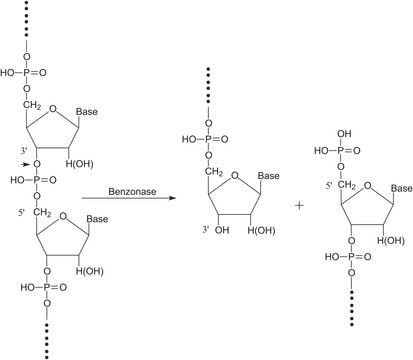178501
Palmostatin B
≥95% (HPLC), solid, APT1 inhibitor, Calbiochem®
Sinonimo/i:
APT1 Inhibitor, palmostatin B, APT1 Inhibitor
About This Item
Prodotti consigliati
Nome del prodotto
APT1 Inhibitor, palmostatin B, The APT1 Inhibitor, palmostatin B controls the biological activity of APT1.
Livello qualitativo
Saggio
≥95% (HPLC)
Stato
solid
Produttore/marchio commerciale
Calbiochem®
Condizioni di stoccaggio
OK to freeze
protect from light
Colore
off-white
Solubilità
DMSO: 100 mg/mL
Condizioni di spedizione
wet ice
Temperatura di conservazione
−20°C
Descrizione generale
Confezionamento
Attenzione
Altre note
Dekker, F., et al. 2010. Nat. Chem. Biol.6, 449.
Note legali
Codice della classe di stoccaggio
11 - Combustible Solids
Classe di pericolosità dell'acqua (WGK)
WGK 2
Punto d’infiammabilità (°F)
Not applicable
Punto d’infiammabilità (°C)
Not applicable
Certificati d'analisi (COA)
Cerca il Certificati d'analisi (COA) digitando il numero di lotto/batch corrispondente. I numeri di lotto o di batch sono stampati sull'etichetta dei prodotti dopo la parola ‘Lotto’ o ‘Batch’.
Possiedi già questo prodotto?
I documenti relativi ai prodotti acquistati recentemente sono disponibili nell’Archivio dei documenti.
I clienti hanno visto anche
Il team dei nostri ricercatori vanta grande esperienza in tutte le aree della ricerca quali Life Science, scienza dei materiali, sintesi chimica, cromatografia, discipline analitiche, ecc..
Contatta l'Assistenza Tecnica.
